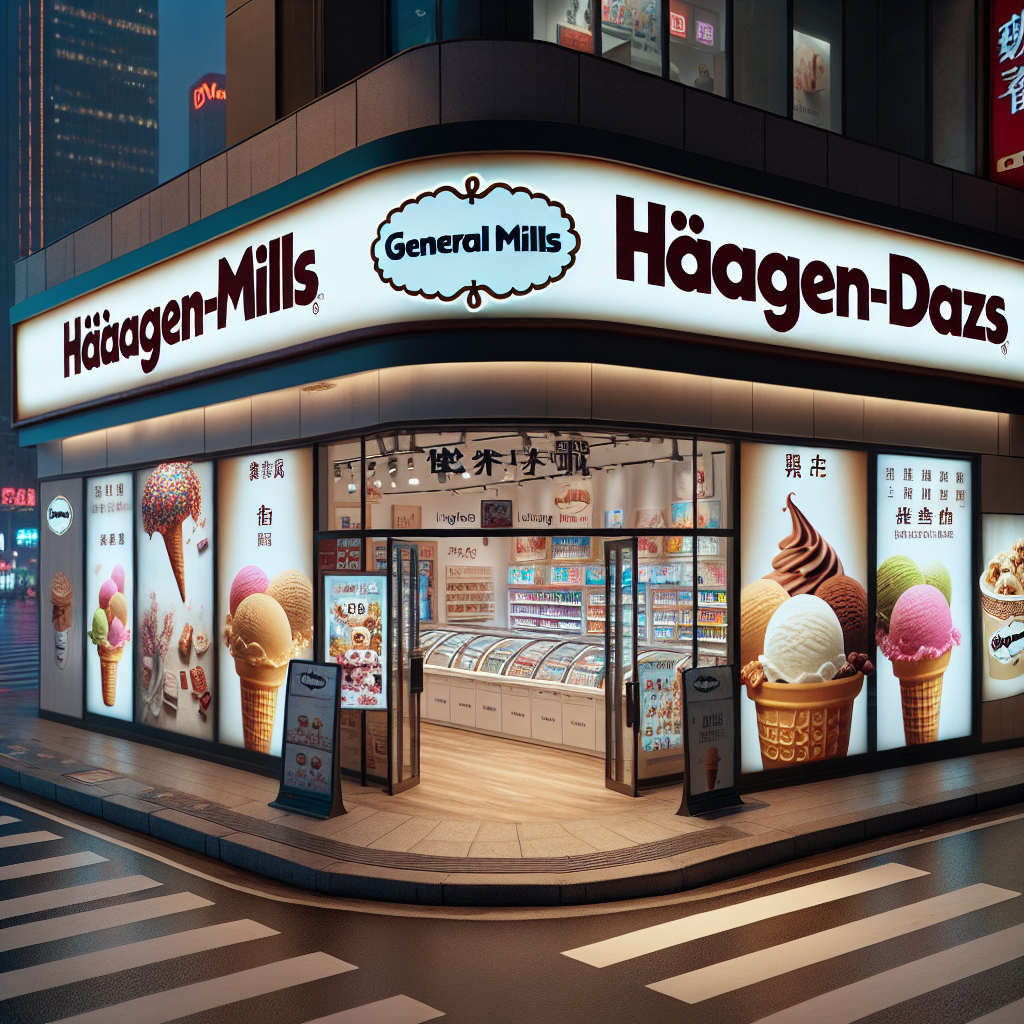According to sources, General Mills is considering selling its Häagen-Dazs ice cream stores in China due to challenges in sales and declining customer traffic.
Bloomberg reported on June 12 that the Minnesota-based General Mills is in discussions with a consultant regarding potential asset divestiture. Sources mentioned that this process could kick off later this year. Due to privacy concerns, the sources have requested to remain anonymous. It is said that the company might seek to sell these assets for hundreds of millions of dollars.
Information from the Häagen-Dazs WeChat platform indicates that the company has over 250 stores in China. Sources also added that discussions are in early stages, and General Mills may decide not to proceed with the sale.
Sources noted that General Mills plans to continue selling Häagen-Dazs products in supermarkets, convenience stores, and other locations in China.
A representative from General Mills declined to comment to Bloomberg.
Häagen-Dazs opened its first ice cream café in Shanghai in 1996. General Mills acquired Häagen-Dazs’ parent company in 2001, selling the U.S. Häagen-Dazs business to Nestlé while retaining the international business.
At a recent Deutsche Bank Global Consumer conference, General Mills CEO Jeff Harmening mentioned a double-digit decline in customer traffic at Häagen-Dazs stores in China.
During a quarterly earnings call in March, Harmening pointed out that the Chinese market faces a “more challenging consumer environment” with declining store traffic, and China is their largest market outside of North America.
Since the lifting of lockdown measures, the Chinese economy has been sluggish, facing unresolved real estate crises, challenges in youth employment, cautious consumer spending, and companies embroiled in price wars. Narrow Gate data shows that the average spending per customer at Häagen-Dazs stores in China reaches 58.36 yuan. In comparison, a basic cone of ice cream at Dairy Queen costs only 2 yuan, while other similar brands are priced within 10 yuan.
Additionally, the ice cream market in mainland China is contracting. In 2024, Yili’s ice cream revenue dropped by 18.4% to 8.72 billion yuan. During the same period, Mengniu’s ice cream revenue decreased by 14.1% to 5.175 billion yuan. In the first quarter of 2025, Yili’s ice cream revenue continued to decline year-over-year.
On June 9, China released its CPI and PPI data for May, showing the country has been experiencing consumer deflation for the fourth consecutive month, with the largest drop in producer price index in nearly two years. The economic growth during the two national holidays failed to offset the sluggish domestic demand. Economists suggest that the deflationary pressure in China is not showing signs of abating. Morgan Stanley economists, led by Xing Ziqiang, stated last week that they believe China’s monetary tightening “is intensifying rather than easing.” Economists caution that due to “slowing exports and weak consumer willingness,” China’s economic growth may rapidly decelerate in the second half of the year.
Other international brands reevaluating their operations in China include Starbucks. According to a May report by Bloomberg News, the company is considering selling parts of its business in China. Sources also revealed that French sports retail giant Decathlon is planning to divest around 30% of its business in China.

